According to a tweet from the Tesla's CEO, Elon Musk, Tesla is shifting its standard-range car batteries from lithium-ion to iron-cathode (LFP battery). Musk in his tweet sited concerns with nickel and the challenges of scaling lithium-ion production as the reason for the move.
When I published this video report at Torque News Youtube Channel, one of our users named Alexander Jack, commented and sent me an email explaining the pros and cons of LFP batteries in electric cars, which I am sharing with Torque News readers.
LFP Battery Pros
- LFP (LiFePO4) is very underappreciated and often confused with Li-ion (which is a different chemistry). There are lots of advantages - I prefer them.
- Pros (compared to Li-ion):
- Much longer life cycle (10,000+ cycles in some cases - millions of miles).
- Non-toxic, cobalt free and YES - nickel free. Lots of issues with Cobalt too (a whole story there).
- Much cheaper in theory. Already under $100/kWh in China.
- Safety. Aside from being non-toxic, LiFePO4 is also much more stable - less prone to explosion or fire from misuse or structural damage.
- Lower internal resistance. This means they can deliver power faster than Li-ion (better acceleration ect). Also it should mean higher charge/discharge efficiency *I couldn't find clarification there*.
- Very consistent discharge voltage (less power loss as they run out of charge).
- Long shelf life.
LFP Battery Cons
- Lower voltage (3.2v compared to 3.7).
- Lower energy density. From what I understand it's somewhere between 15 and 25%. But because of the long life cycle, after sometimes as little as 1 year of ownership, they'll actually have more capacity compared to a similar weight Li-ion (LiCoO2) battery.
- That's actually pretty much it. Just energy density.
"If you ask me," writes jack, "LiFePO4 is actually preferable for everything other than high performance luxury vehicles. It seems crazy that it has been so overlooked and underappreciated."
What the world needs now is more batteries and cheaper EVs, not more performance and luxury EVs. It is very frustrating as most people don't know about the benefits of the LFP batteries for electric vehicles. Jack says he thinks the LFP battery is really a potential answer to mass adoption of electric vehicles. Do you agree with this view?
For reference, please also see: "All of Tesla’s 4680 Batteries May Not Be Equal."
Also watch a more detailed analysis of LFP batteries from Torque news Youtube channel below.
Armen Hareyan is the founder and the Editor in Chief of Torque News. He founded TorqueNews.com in 2010, which since then has been publishing expert news and analysis about the automotive industry. He can be reached at Torque News Twitter, Facebok, Linkedin and Youtube.



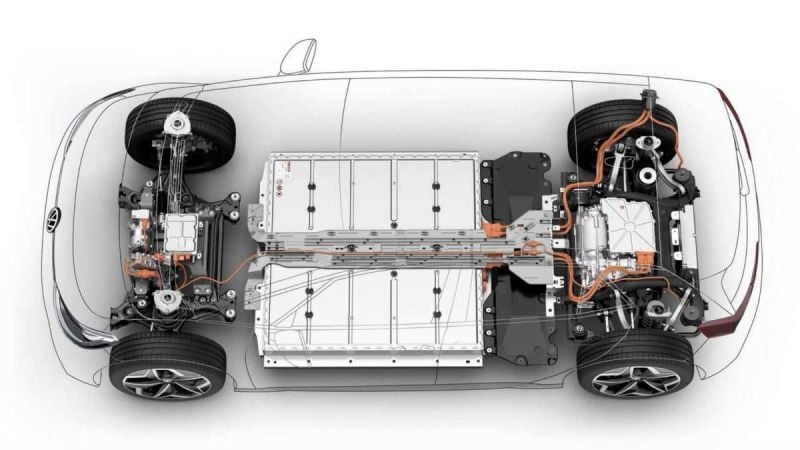




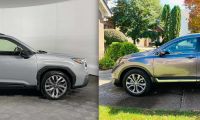
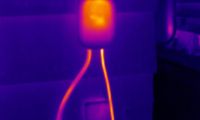
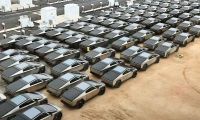
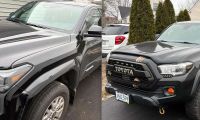
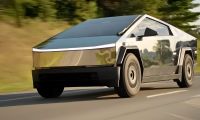
Comments
There have been reports in
Permalink
There have been reports in the EU about terrible charging speeds in cold weather on MIC SR+s. There was a story that Tesla has fixed it. Would someone with a MIC SR like to clarify if the problem has been fixed.
You missed cold charging, all
Permalink
You missed cold charging, all common commercially available LiFePO4 cells are damaged by charging when the cells are under 0°C . Some current LiFe battery manufacturers build heat strips into their packs to combat this. Tesla could probably use the octovalve HVAC system to warm their pack but the damage from cold charging should be mentioned as a Con. It's also important to mention that discharging LiFe is similar to the common Li-ion chemistries in the cold.
Good point! And thermal
Permalink
In reply to You missed cold charging, all by Shonzen (not verified)
Good point! And thermal management issue associated with this is NOT simple. Another point, about $100/kwh in LFP pricing in China is just fake - or if anyone choosing to trust China. The "excited" story of LFP success in China had been everywhere 6-8 years ago. And at vehicle level, esp. safety, it fell miserably. Now somehow someone is crazy about this again ??
Patented NanoOne Technology
Permalink
Patented NanoOne Technology is demonstrating a gamer changing result in Total Cost of Ownership, TCO, for hardened maritime, military, and utility applications. Atomic level tech creates a single uniform crystal for Nickel. For EV, the statement Million Mile Battery relates to a higher performance, lower TCO, cost-effective innovation.
What are the relative weights
Permalink
What are the relative weights of LFP and LIP batteries? How will these weights affect battery choices for planned long range vehicles, such as trucks and 18 wheelers?
Non-toxic??? Are you sure
Permalink
Non-toxic??? Are you sure about that???
I own a SR+ with LFP battery
Permalink
I own a SR+ with LFP battery in Europe and the charging speeds went up after an update from 30kW to 100kW with my car. The range issues it has when the weather is colder is really awful though.
I received my car mid-December 2020 and can only drive it for 175-200 km per full charge when below 10 C. Above 10 C it goes up to 250 km. When above 15 C it seems to go up to 300 km.
When fully charged it states 416 km of range. I know that is WLTP so not real.
When talking to Tesla engineers they told me that range will improve in coming updates though.
I calculated one time what I lost in kW from the battery that was not used for driving. It was about 10kW when it was below 10 C. So I believe this is leaking away towards the heater. Unfortunately my car was build without the heat pump, so it eats up a massive amount of my range.
Still happy with the car though. :)
In cold weather your heater
Permalink
In reply to I own a SR+ with LFP battery by Peter Markert (not verified)
In cold weather your heater is using a lot of power. You would have to drive without any heating and see what the range is. And especially as you don't have the heat pump, which is strange as they introduced the heat pump before the LFP batteries.
The first batch of LFP cars
Permalink
The first batch of LFP cars in Europe came from China. They do not have a heat pump.
I have driven in both -3°C and 20°C and in both cases I loose about 10 kW that are not being used for driving.
Tesla cannot see anything wrong with the car. And think it will become better after a software update. I guess I have to wait and see.
@Peter Markert : You're not
Permalink
@Peter Markert : You're not alone. Many TM3 LFP are complaining of the same thing. The heater even without heat pump is not the real cause. LFP batteries are operating very poorly in cold condititions. Lithium batteries in general have less capacity in winter but LFP is much worse than NMC or NCA. That's why the auto industry prefers nickel-cobalt batteries. In my opinion Tesla made a huge mistake by choosing low cost LFP for the TM3. Software updates will not "fix" the physics. I think it could have a LFP-gate when people will fully realize the cold weather issue.
Aren't LFP batteries also
Permalink
Aren't LFP batteries also lithium-ion batteries with just different chemistry. I think you are the one confused here.
This article tries to draw a
Permalink
This article tries to draw a distinction between "Li-ion" and "LFP" batteries. But "Li-ion" is an umbrella term that covers many different Li-ion chemistries, including LFP. LFP batteries ARE Li-ion batteries, as are LCO, NCA, NMC, LCO, LMO, and LTO.batteries.
LFP batteries haven't been
Permalink
LFP batteries haven't been "overlooked." They've been around for a while, but suffered from serious shortcomings (low conductivity, low tap density, etc.) that made them less suitable for EV's until only recently, when improved cathode materials and processing has largely overcome that hurdle. But they still have lower energy density, lower charging rates, poor cold-weather performance, and real-world lifespan is still unknown.
This is wrong, the old model
Permalink
This is wrong, the old model 3 was 162mph 3.5 sec while lfp is 100mph and 6 sec. Also phosphate prices will increase.
This is the wild west of
Permalink
This is the wild west of battery science and innovation change making it work today is highly likely not what it will look like tomorrow ! There is a reason Musk just bought into a nickel producer and that I believe is the advent of silicon which will be the big game changer ! There are producers that I believe are very close to cheap silicon production that gives 10 fold improvement density, charge time, range etc
There are issues with LiFe in
Permalink
There are issues with LiFe in the cold, however, these must be manageable as the vast majority of BYD and many other Chinese manufactured electric buses in China, which can get very cold, are LiFe batteries. There are tens of thousands of such buses over at least ten years. If there were serious problems, they'd be well known by now.